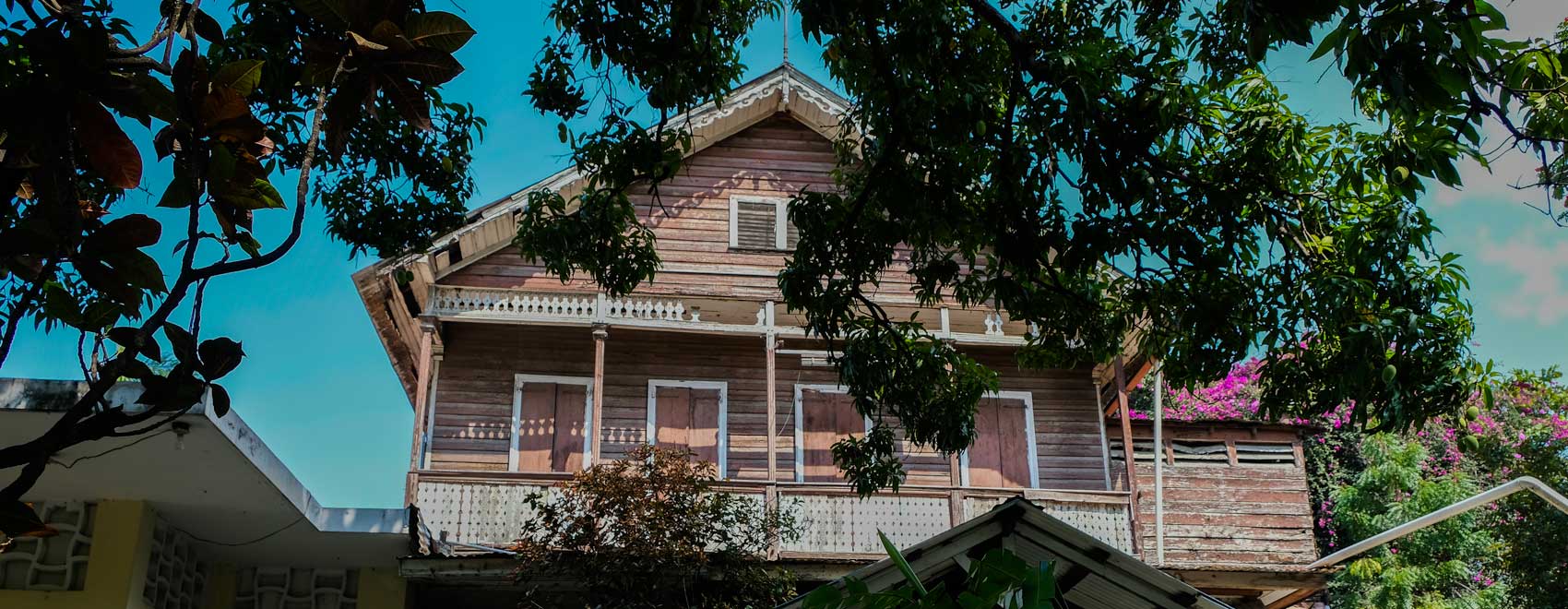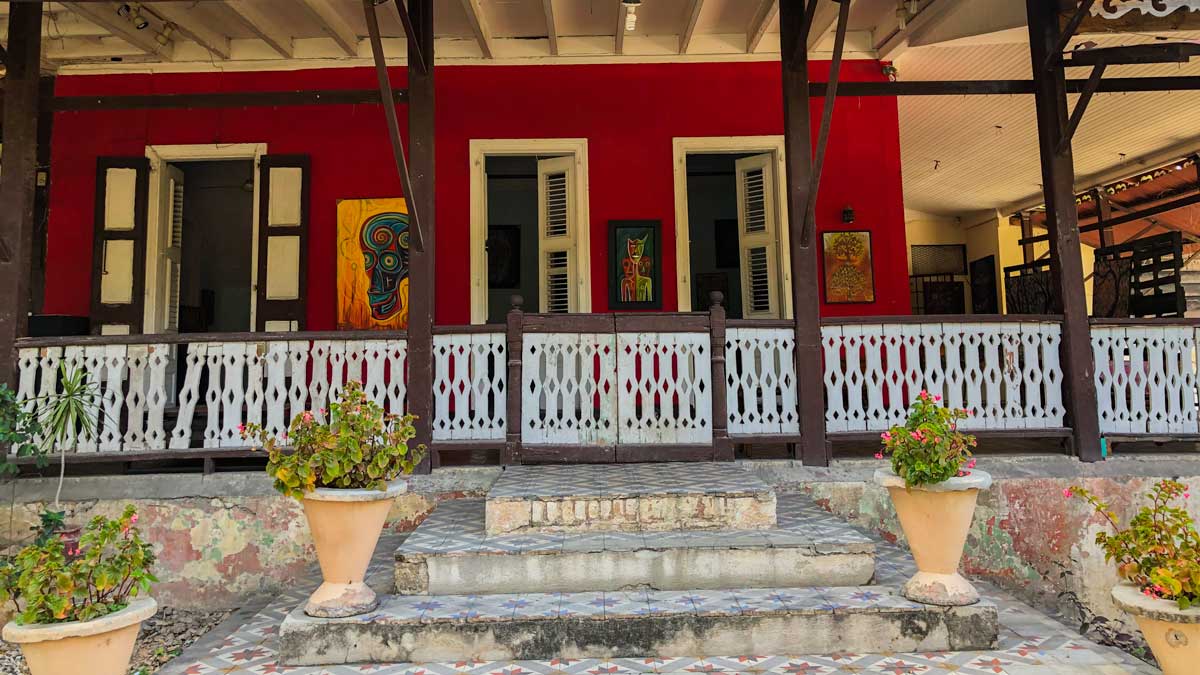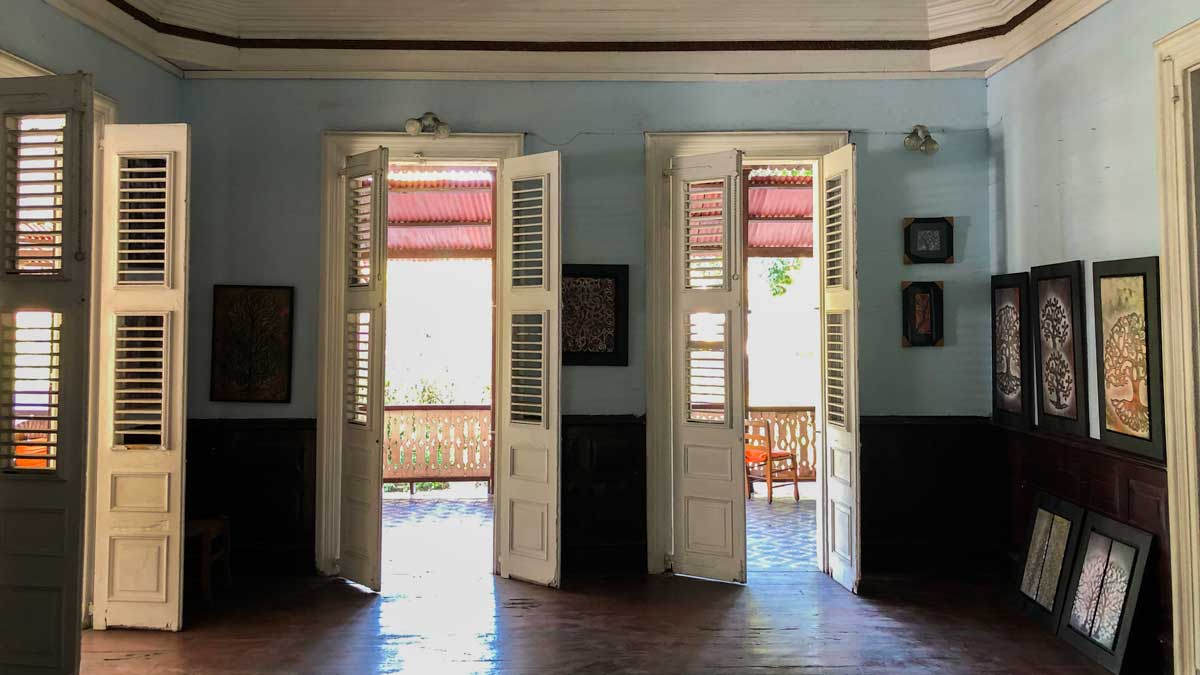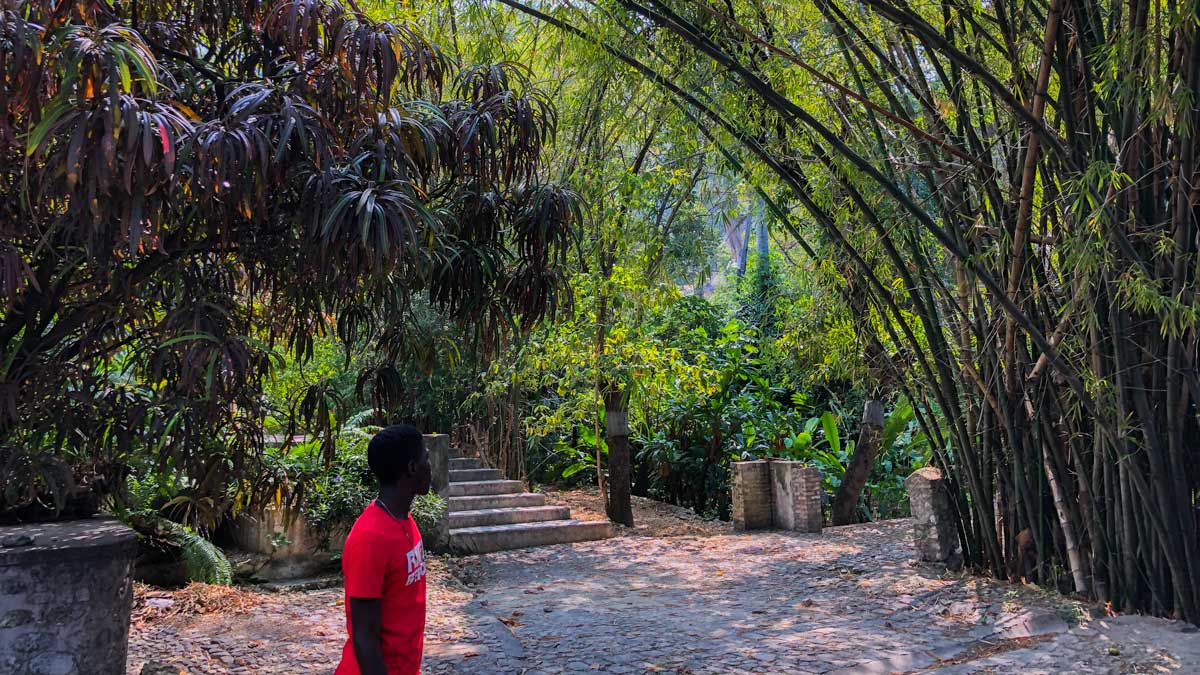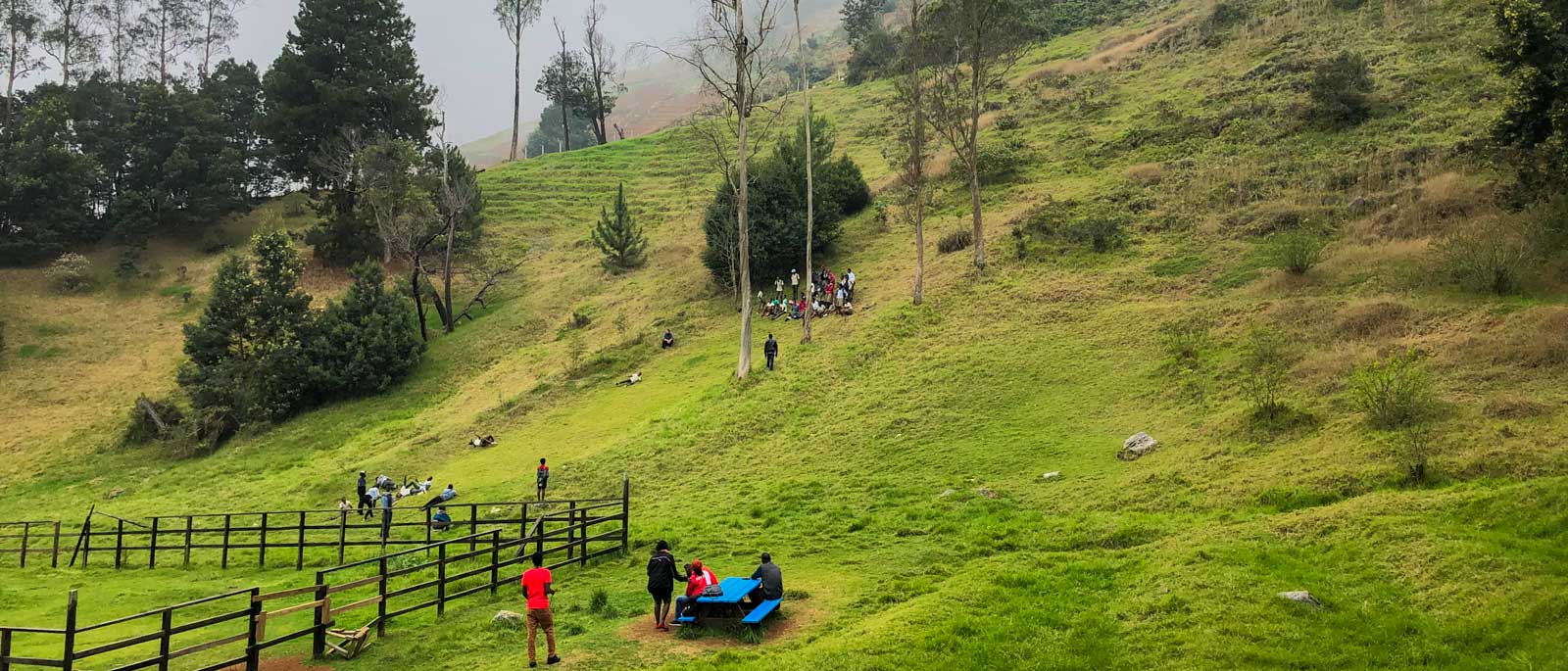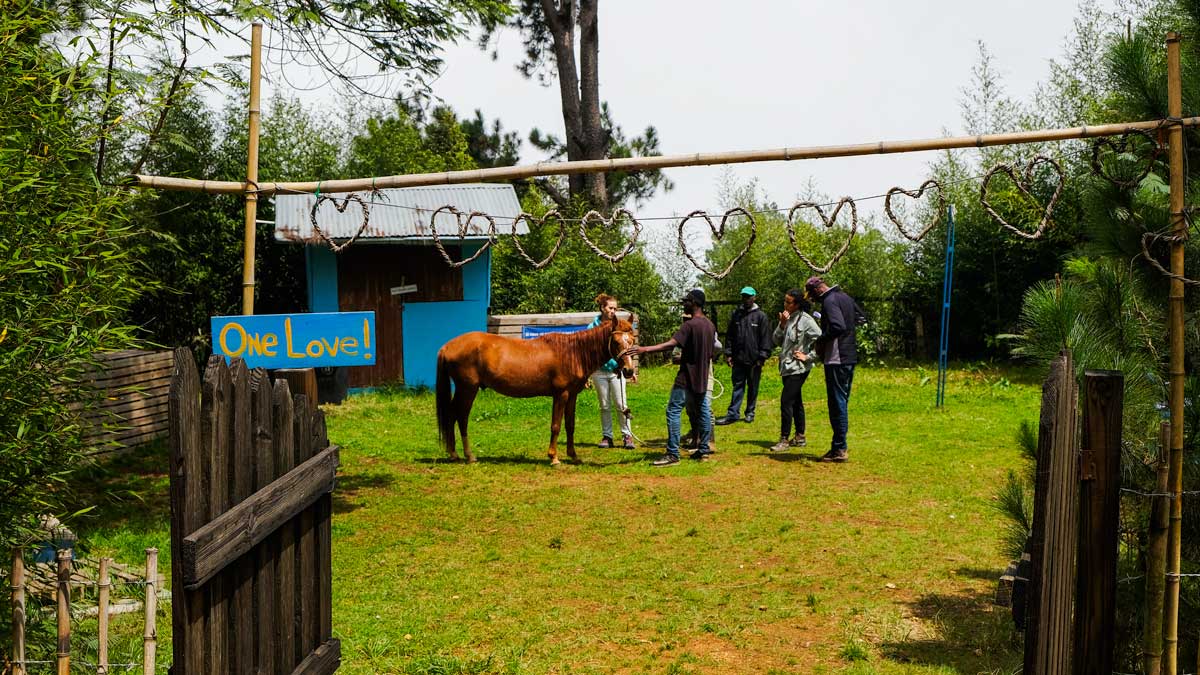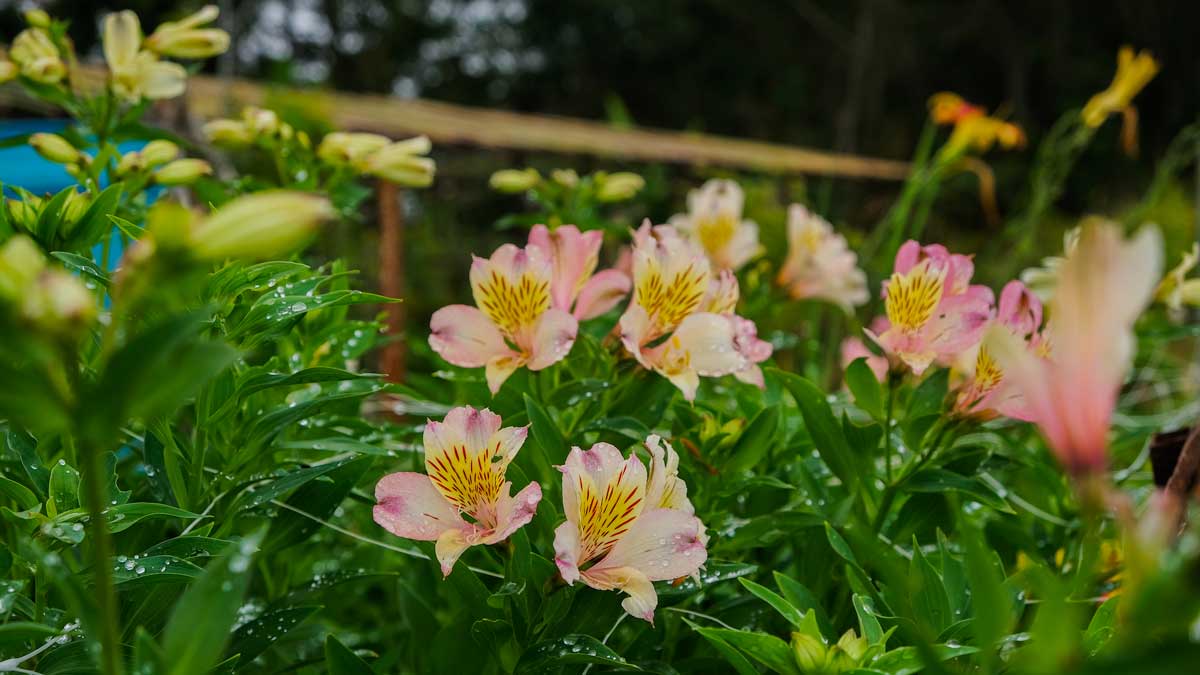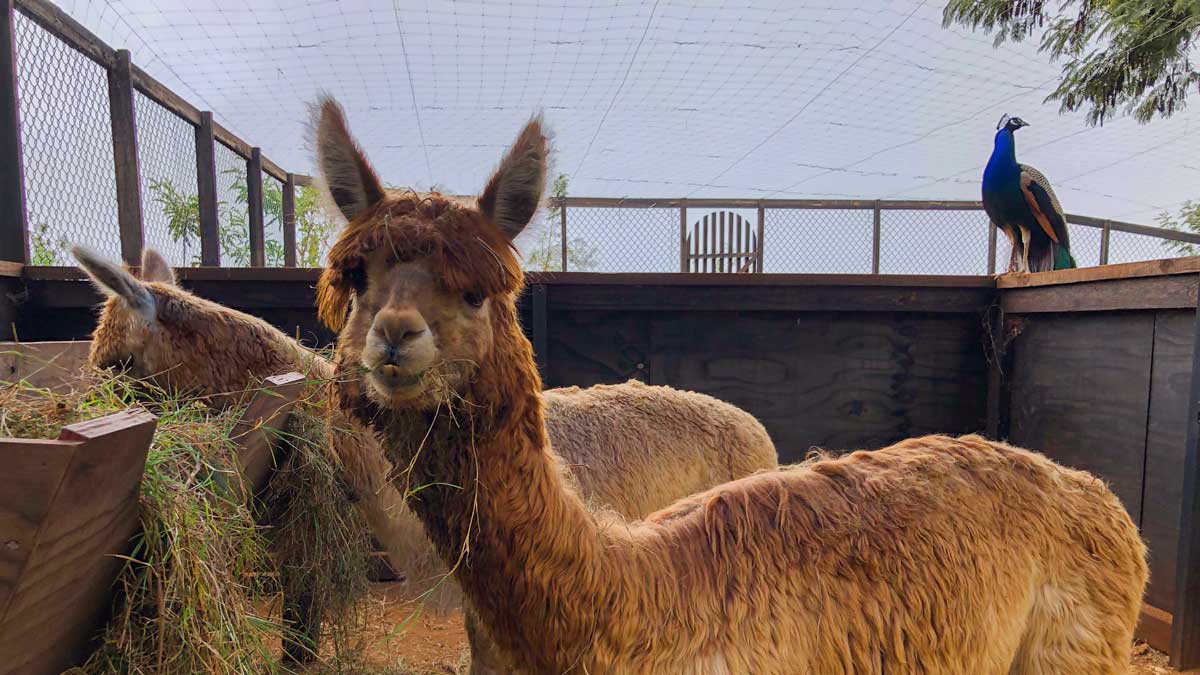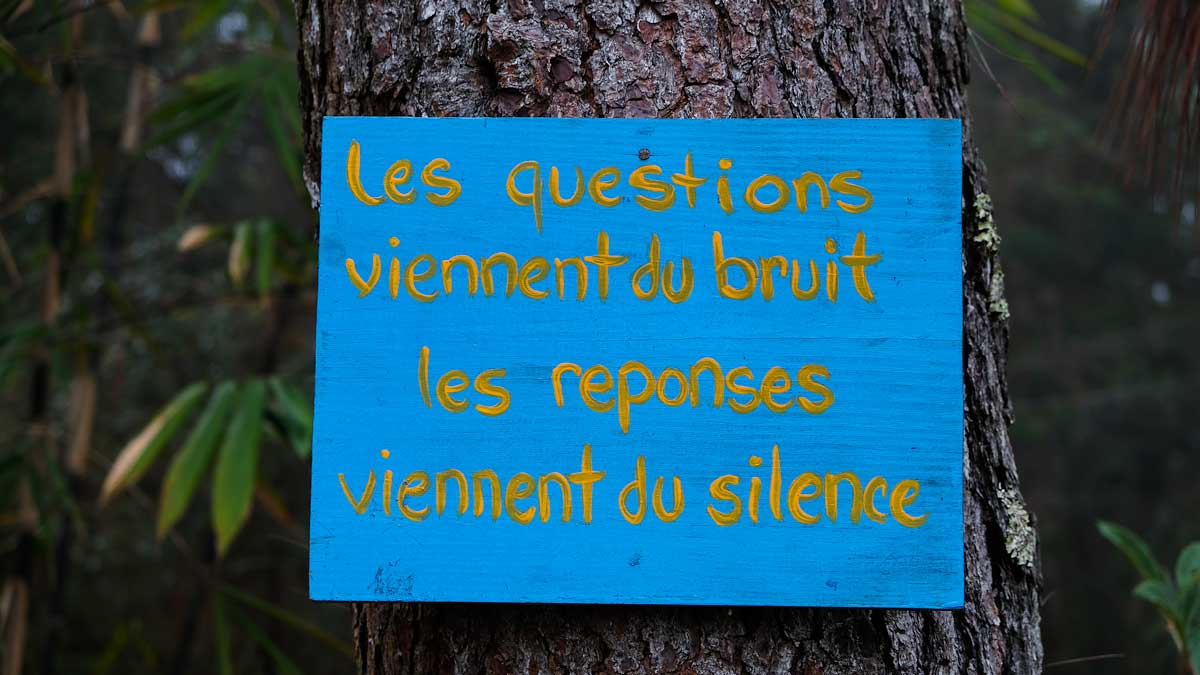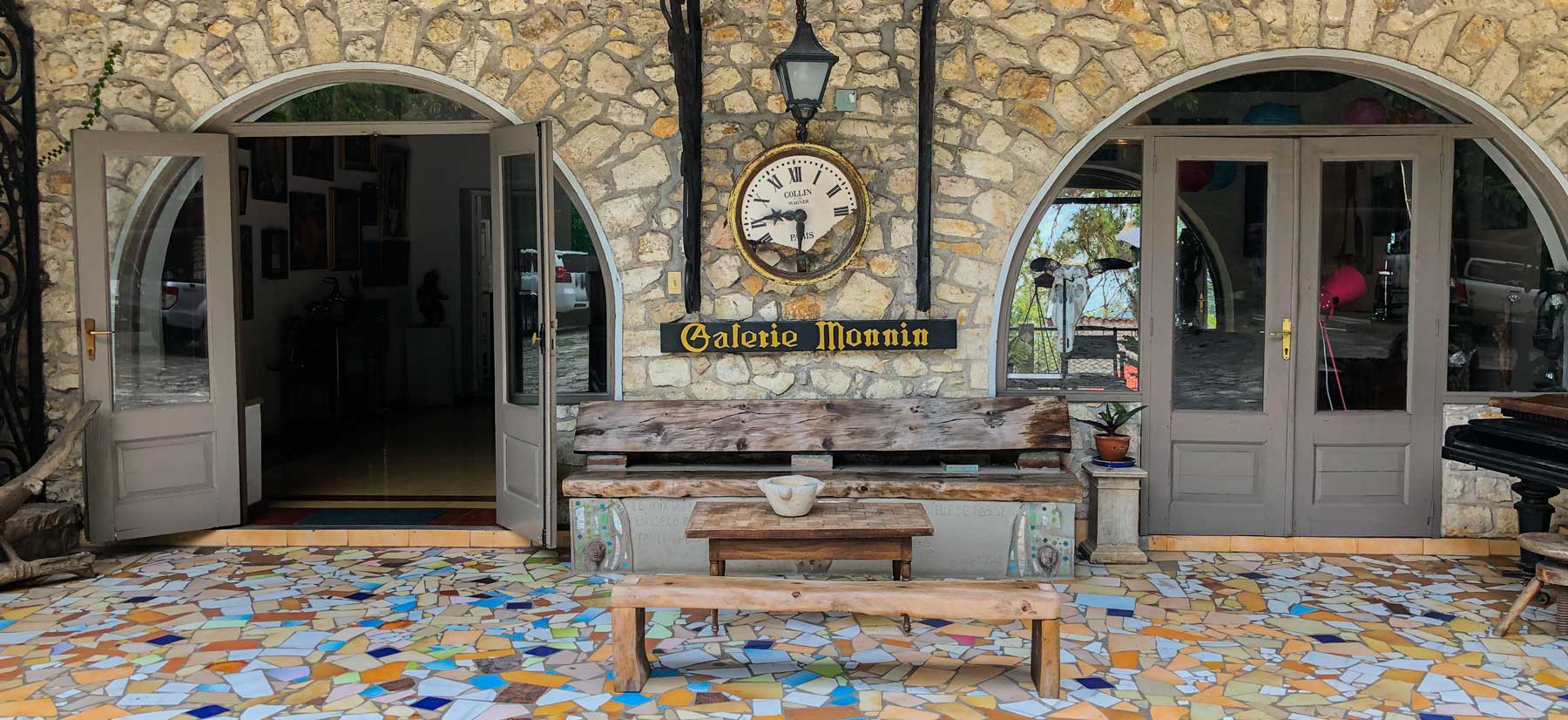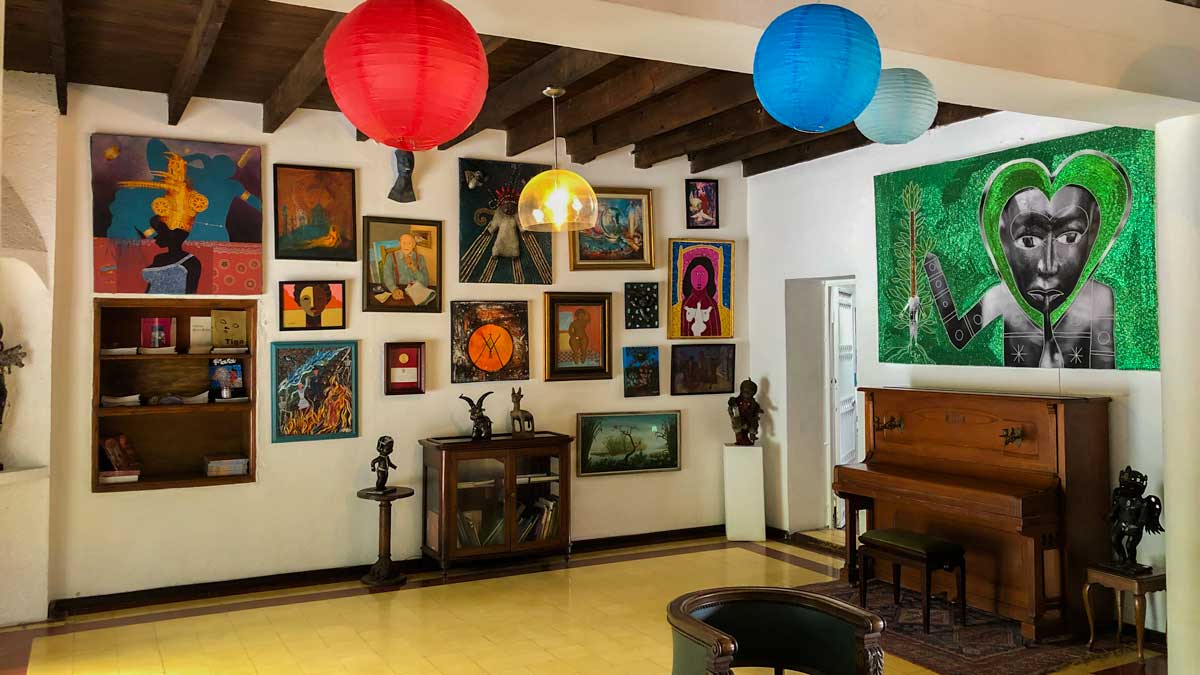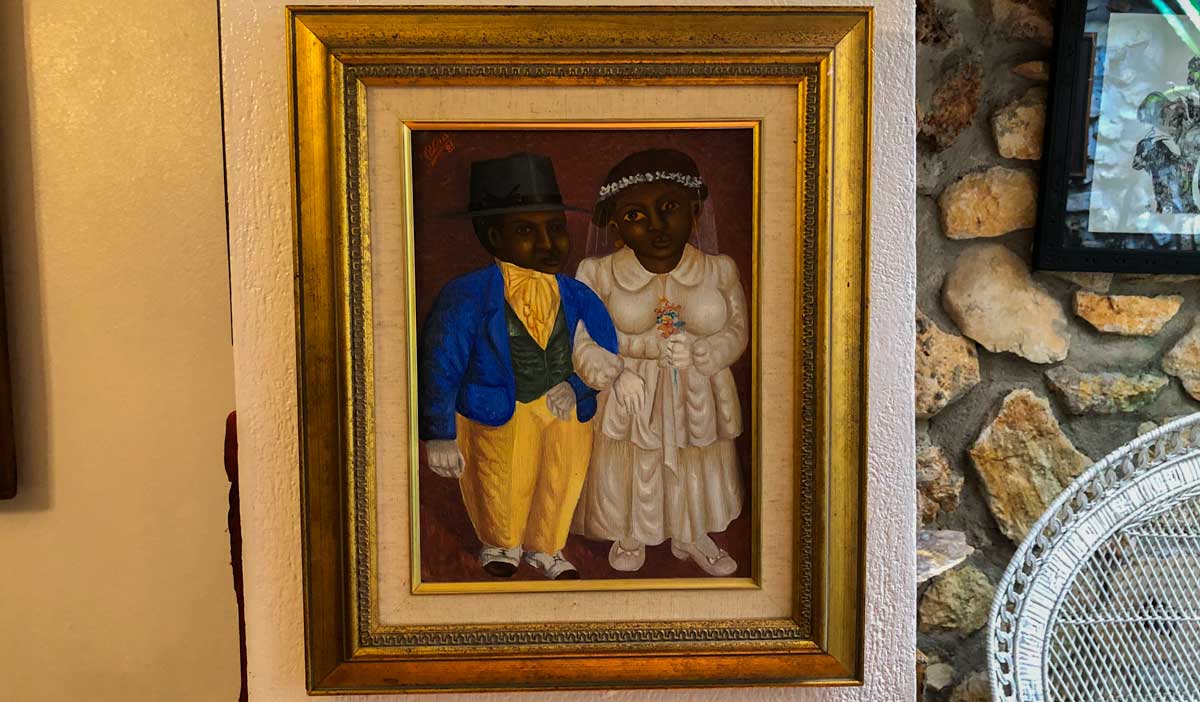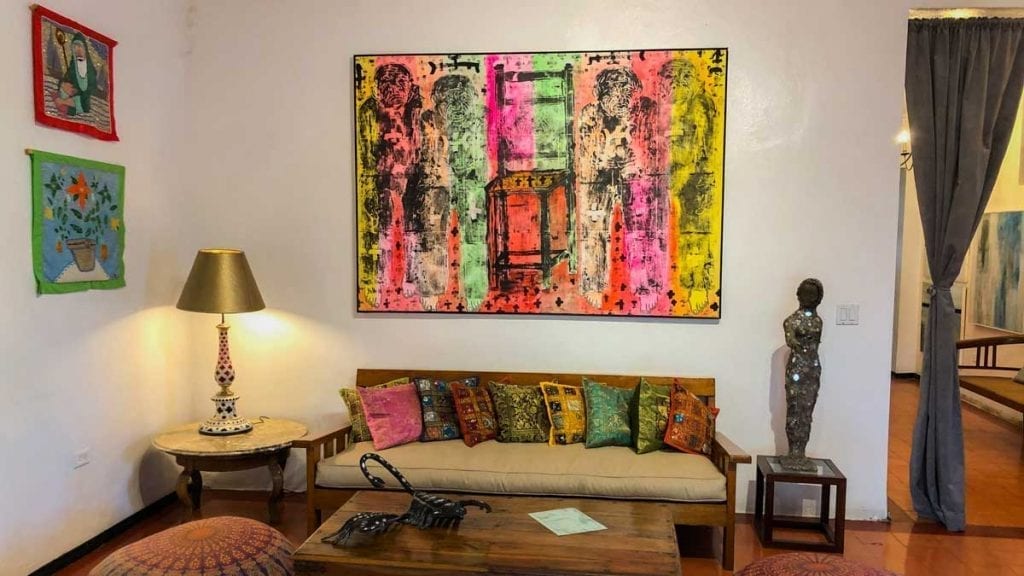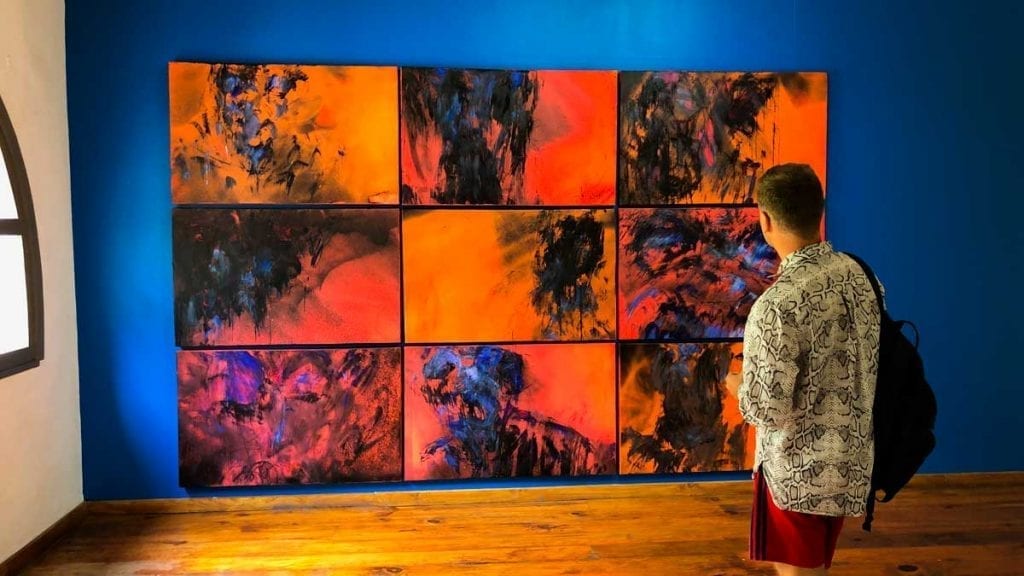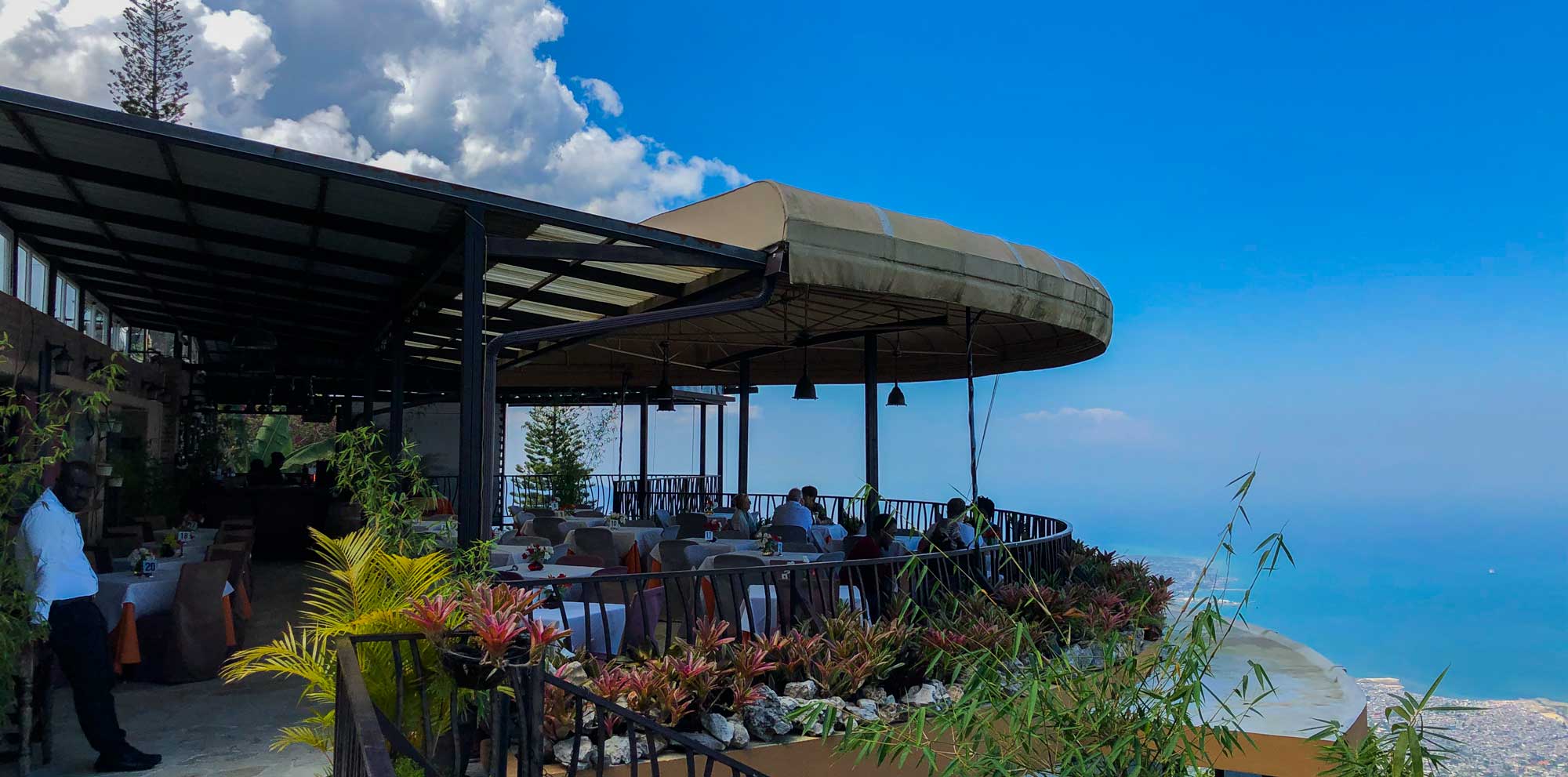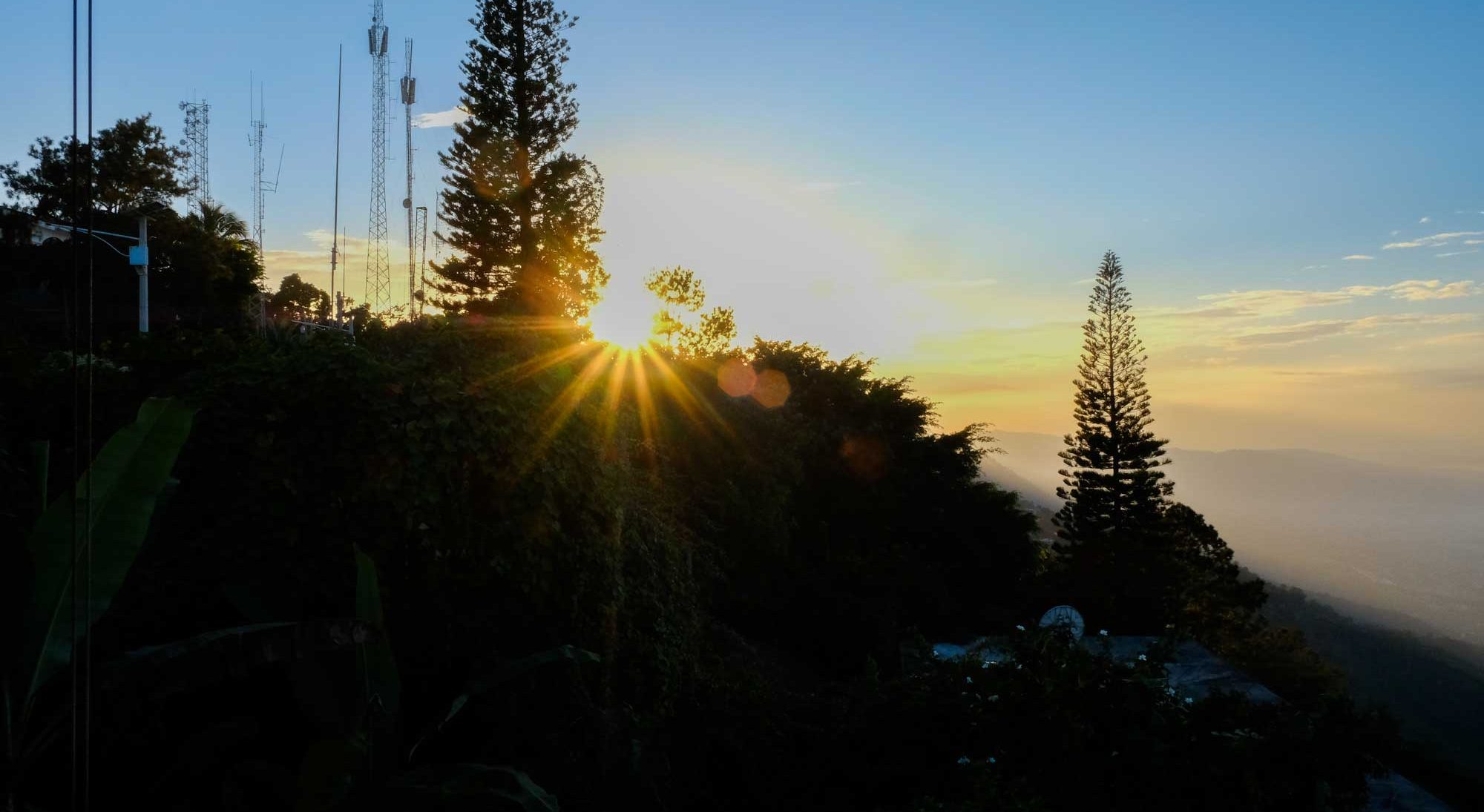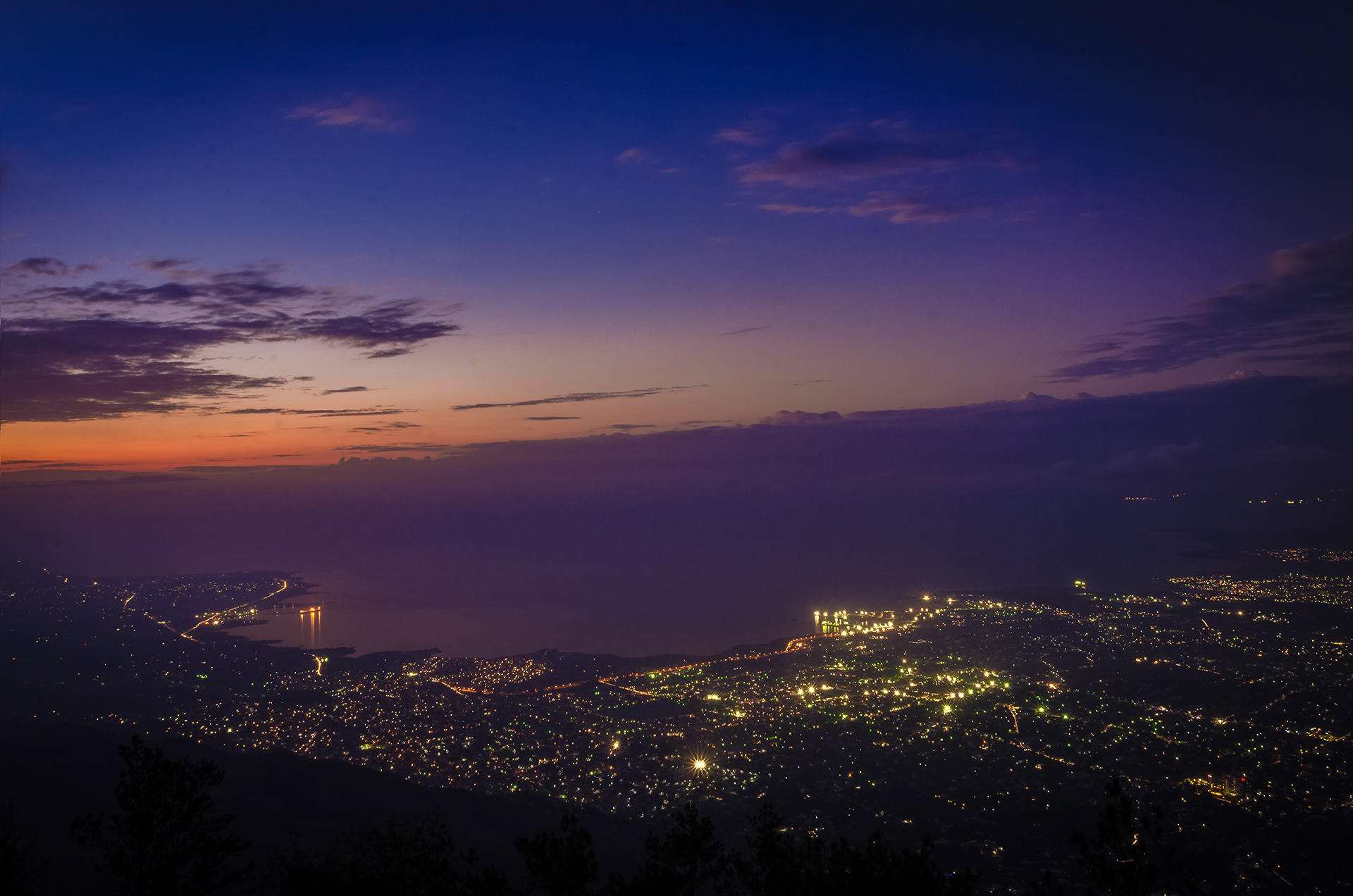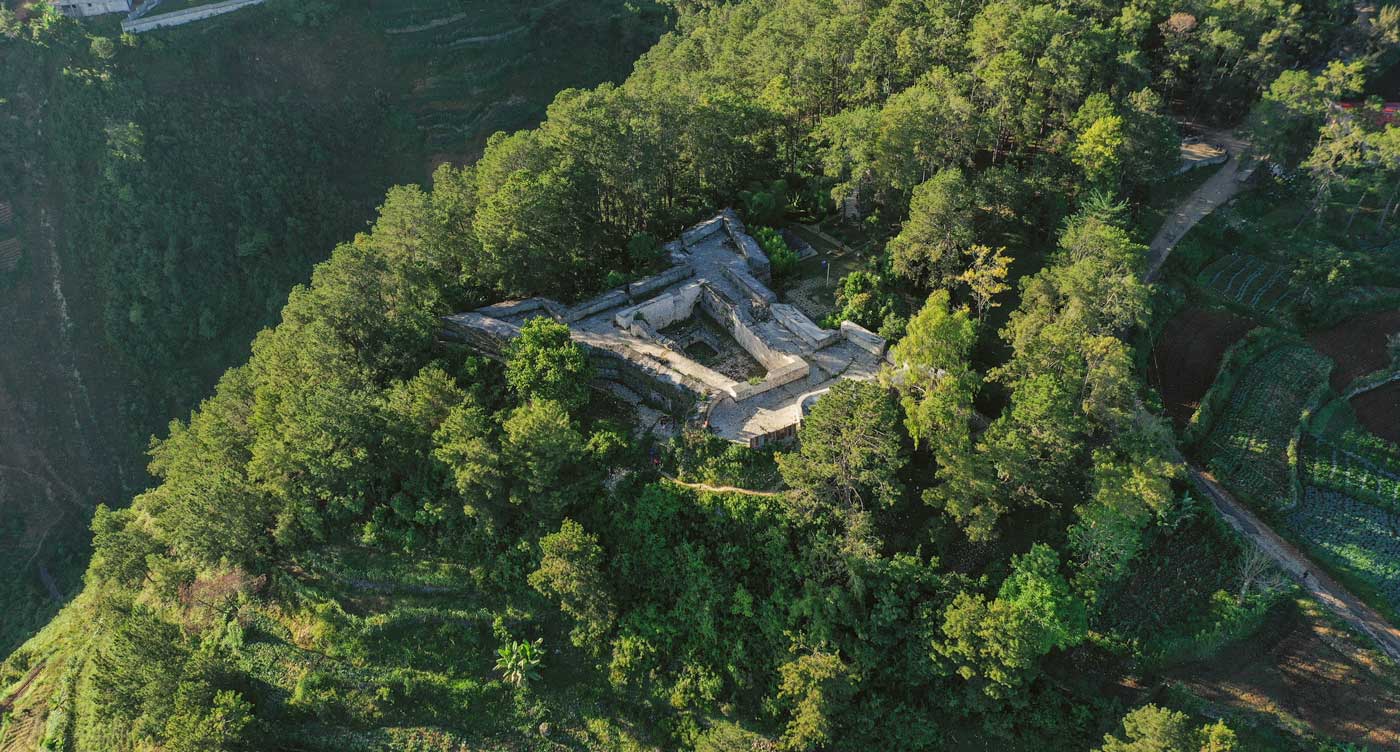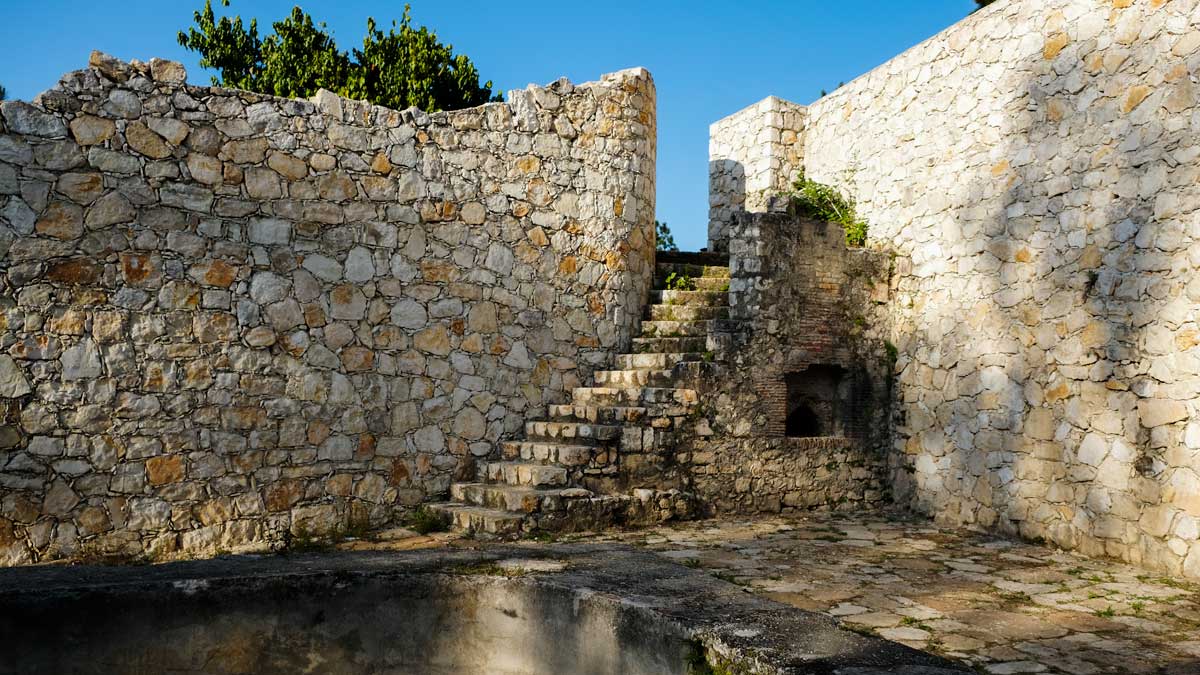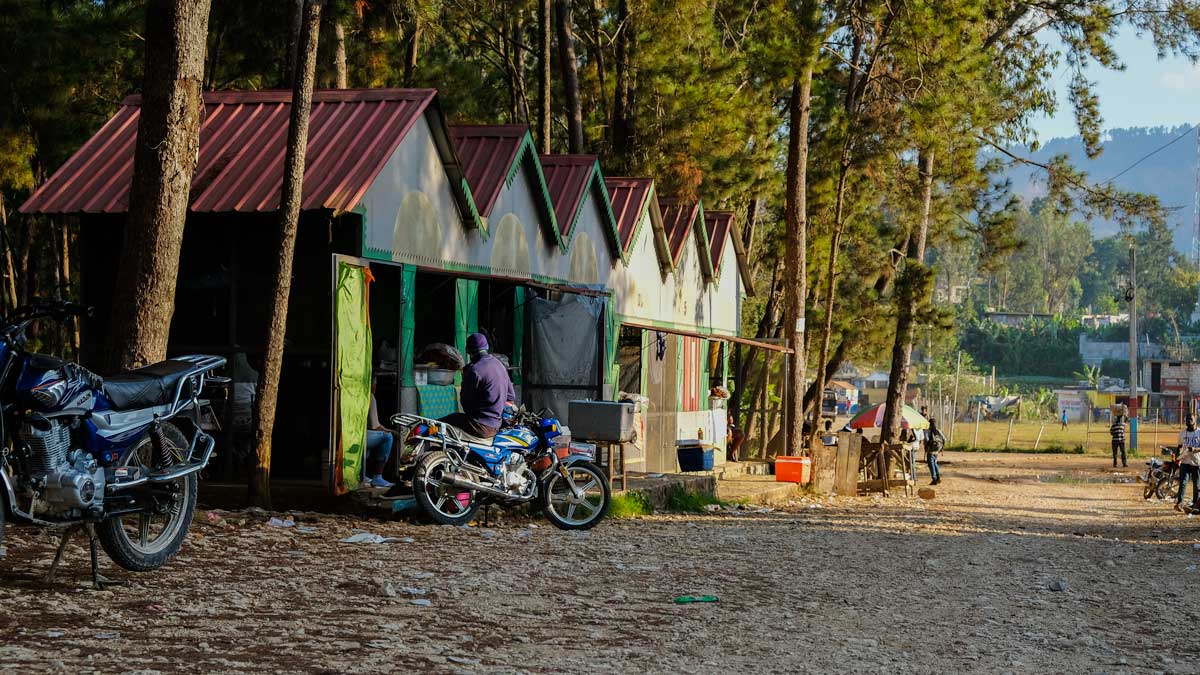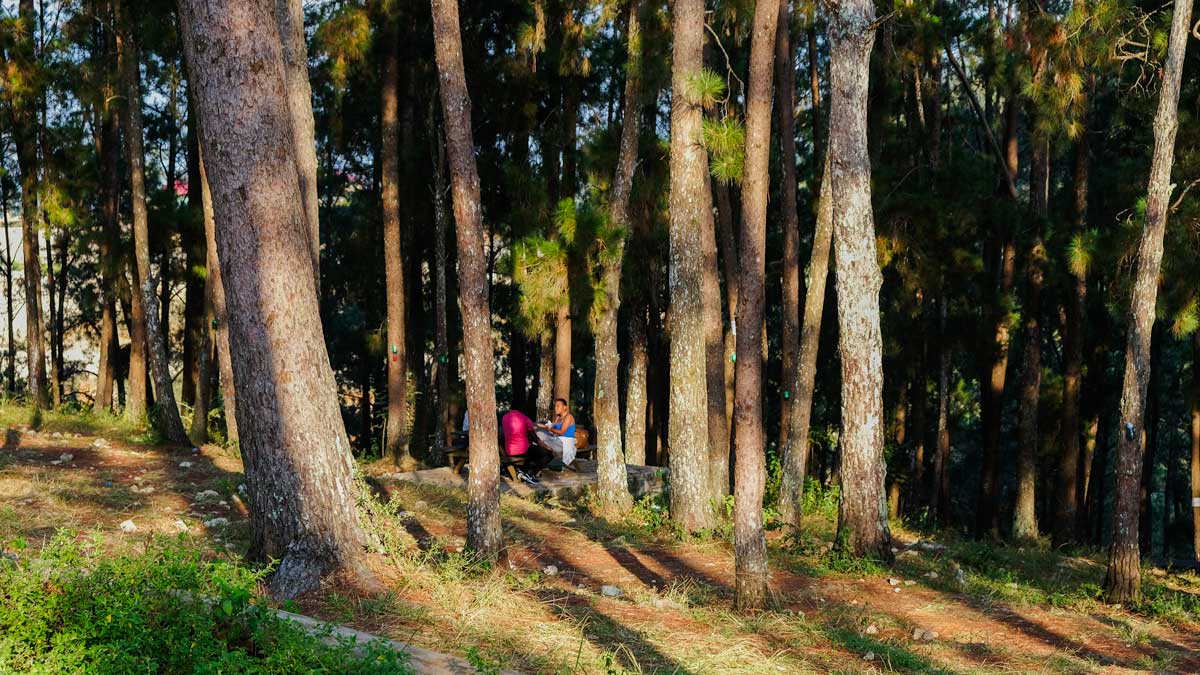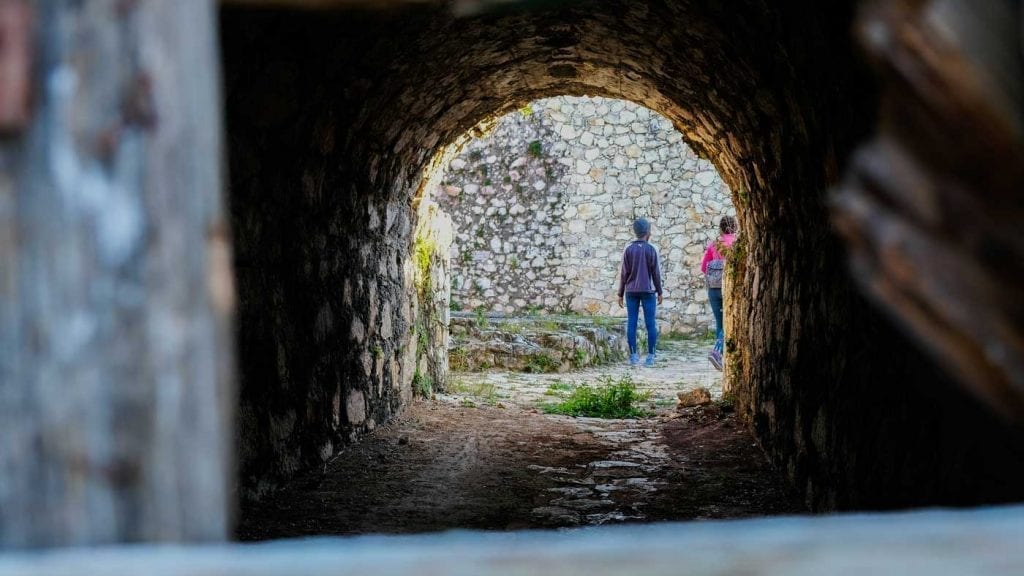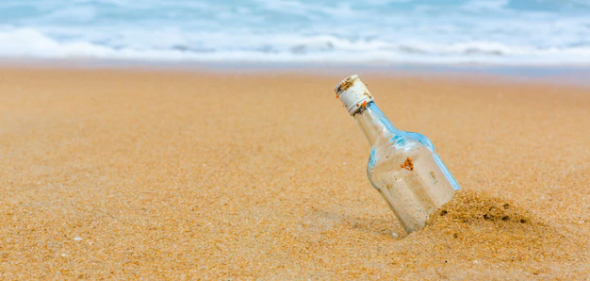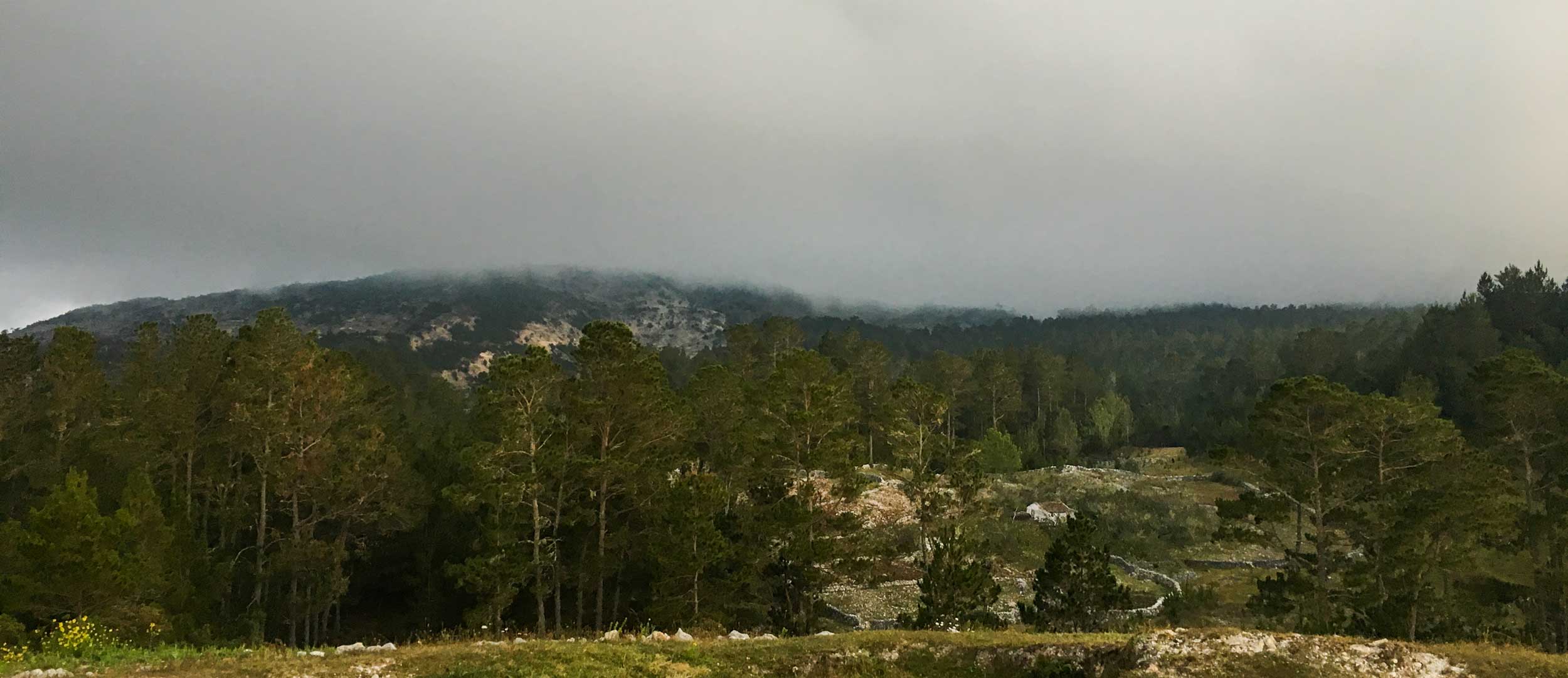
Photo: Anton Lau
Scale the peak of Pic La Selle
“Dèyè mòn, gen mòn”
This Kreyòl proverb means “Behind mountains, there are more mountains.” Hispaniola is one of the most mountainous islands in the Caribbean, and Pic La Selle is Haiti’s highest peak.
Part of the La Selle mountain range – which also extends into the Dominican Republic – Pic La Selle is over 8,700 feet, making it the highest mountain peak in Haiti, and the third highest in the Caribbean. If you’re the adventurous type, the La Selle range should be on your radar. A single-day climb affords panoramic views over the island of Hispaniola and out across the Caribbean.
Located in the south-east of the West department of Haiti, La Selle is accessible via the neighborhood of Croix-des-Bouquets, but also via the small town of Marigot, less than an hour’s drive from Jacmel. From there, the road gets rough, so it’s strongly recommended that you head to Pic La Selle with a 4-by-4.
The roads in Haiti, especially the mountainous ones, can be arduous, and if it is your first time going to Pic La Selle, it’s recommended that you hire a driver or at least a guide who knows the twists and turns in the road. Luckily, you’ll find guides who specialise in guiding hikes from city to summit.
Is the journey more important to you than the destination? You might prefer to hike or drive through the La Selle mountains via Furcy. This scenic route is lusher and the peaks and valleys more dramatic, and will appeal to nature-lovers who don’t necessarily want to scale Pic La Selle itself. Again, your best bet is to have someone on your team who has been before, or to make friends with a local. You can even arrange a guided tour on horseback.
Hiking through the dry coniferous forest, you’ll come to appreciate the saying “Dèyè mòn, gen mòn.” The mountains fold and unfold in front of you, seemingly to no end. Depending on the weather, they may be lanced with tufts of clouds, weaving between them.
Getting there: Gros Cheval to Pic la Selle
A round trip takes between 8 and 12 hours. If you’ve arranged your guides the night before, you can leave Gros Cheval at 5am, driving for another hour into the forest before parking the car and starting the hike. The path will be uneven in places but no rock climbing is required. Taking a guide is still very much recommended because the path is often unclear or invisible.
The ascent takes around 3-6 hours depending on your fitness, and takes you over a ridge and four smaller peaks before you reach Pic la Selle proper. At over 8000 feet, those who are up for the adventure will be rewarded with spectacular views over the dramatic landscape of Hispaniola, looking over the borderlands between Haiti and the Bahoruco mountain range in the Dominican Republic. This area is part of the expansive Transboundary La Selle-Jaragua-Bahoruco-Enriquillo Biosphere Reserve, a protected region showcasing the rich biodiversity shared between the two nations.
The return trip to Gros Cheval is a little quicker, and if you arranged it in advance you’ll find an evening meal waiting for you.
Written by Kelly Paulemon.
Published December 2018
Find Pic La Selle
External Links
Read more about the biosphere reserve
Learn more about Pic La Selle on Wikipedia

Looking for adventure?

Paradise for your inbox
Your monthly ticket to Haiti awaits! Get first-hand travel tips, the latest news, and inspiring stories delivered straight to your inbox—no spam, just paradise.




